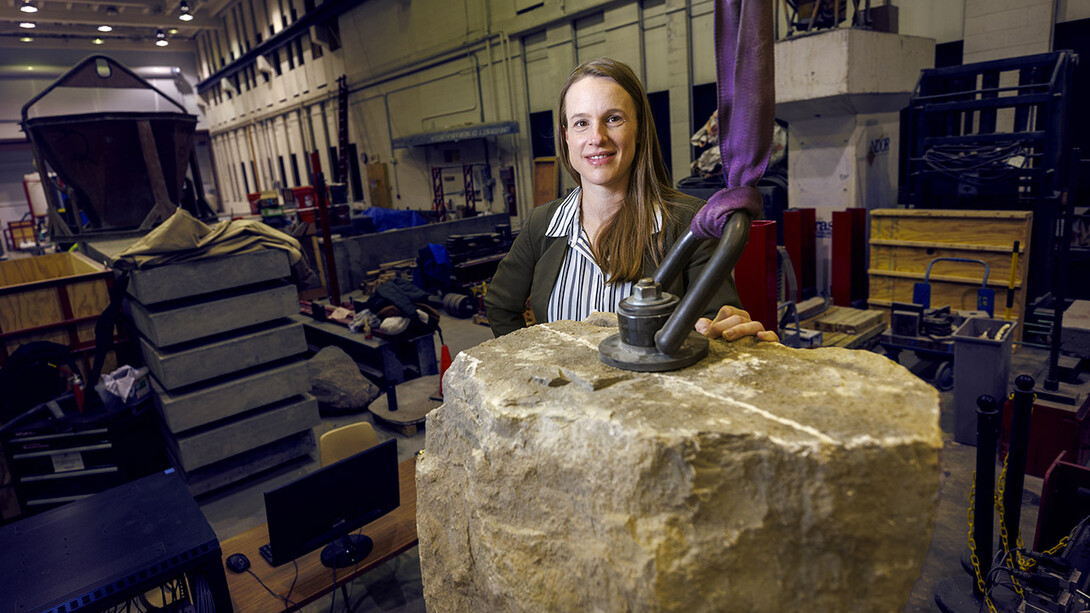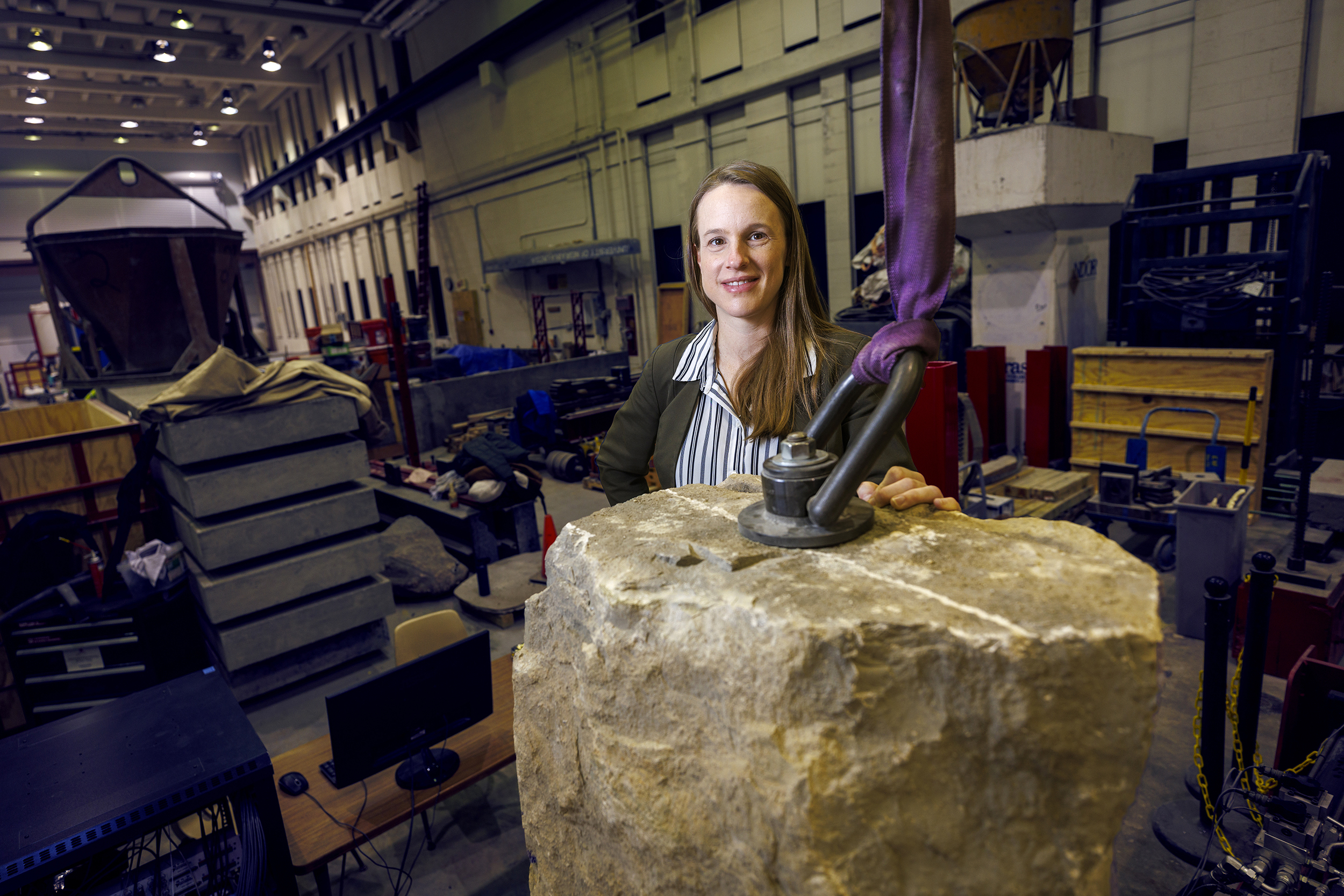
A University of Nebraska–Lincoln researcher is leading a national effort to gather information on how state departments of transportation use social media during emergencies, with an eye toward developing best practices to improve crisis communications.
The research is focusing on social media use during emergencies ranging from natural disasters to civil unrest to large traffic jams, said Christine Wittich, assistant professor of civil and environmental engineering, who’s the principal investigator for the yearlong project. It’s being funded by $45,000 from the National Cooperative Highway Research Program through the National Academy of Sciences.
Departments of transportation have a variety of policies and protocols for dealing with emergencies, but there’s considerable variability in how they might use social media at these key times, Wittich said. It can be essential in detection of emergencies, damage assessment and evacuation plans.
“Different states leverage it in different ways,” said Wittich, whose research focuses on analysis and design of structures to improve resilience to natural hazards and extreme events. “There’s so much opportunity there, but there’s sort of a mismatched approach across the country and even within states.
“We’re getting a lay of the land of what departments of transportation are currently doing, what they would like to do and what are some barriers.
“There’s a two-way street with social media during emergencies. There is getting information out to the public. There are a lot of states that are excellent at that. But we are also looking at how agencies are looking at what’s coming in from social media — harvesting and leveraging the social media data.”
That might include vetting such information for accuracy, then figuring out how to use it so it’s useful to the public, she said.
Wittich’s project will document the social media practices of departments of transportation during emergencies across the country. Information the researchers are looking for includes:
Types of emergency scenarios for which social media data is being leveraged, including natural disasters, hazmat incidents and civil unrest.
Types of social media data monitored and captured, including Twitter, Facebook, Nextdoor and LinkedIn.
Use of data before, during and after emergency events, including capturing, reviewing, internal and external sharing, and messaging and decision making.
Processes and training for filtering and vetting data for accuracy, relevance and actionability.
Barriers to collecting and using data, such as privacy issues, infrastructure, access restrictions and agency policy.
Departments of transportation documented policies regarding use of social media data.
Departments of transportation metrics for measuring effectiveness of collecting and using social media data.
Information will be collected through literature review, survey of state departments of transportation and follow-up interviews with selected agencies for the development of case examples. Information gaps and suggestions for research to address those gaps will be identified.
Wittich hopes to use the information gathered this year for a future project to develop best practices for departments of transportation.








